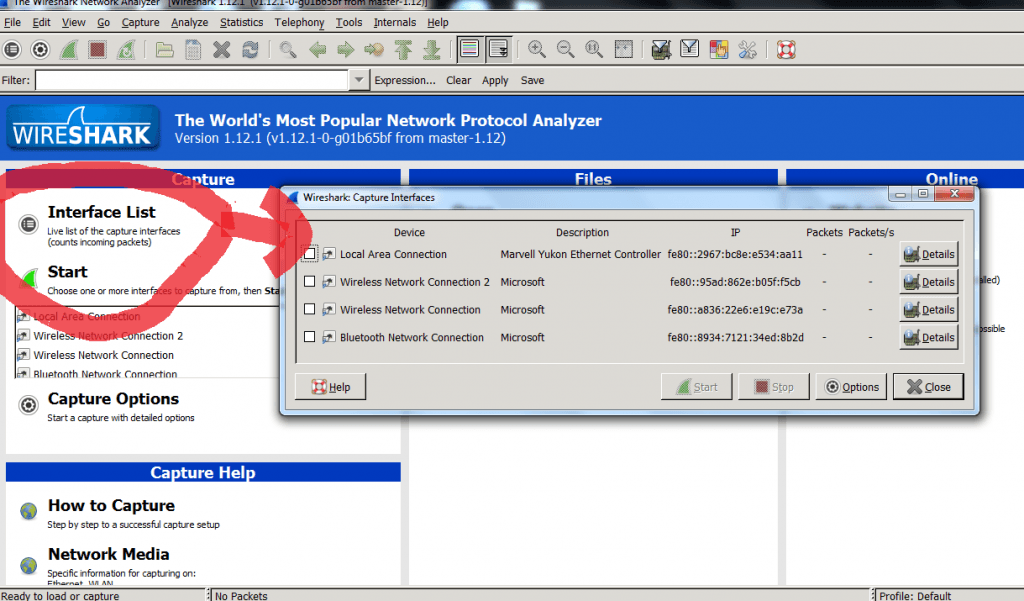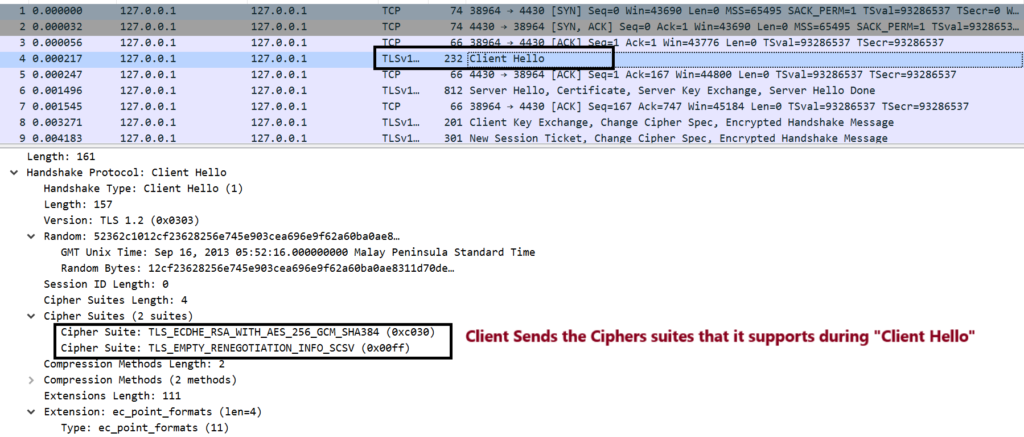
- HOW TO USE WIRESHARK STEP BY STEP HOW TO
- HOW TO USE WIRESHARK STEP BY STEP INSTALL
- HOW TO USE WIRESHARK STEP BY STEP MANUAL
- HOW TO USE WIRESHARK STEP BY STEP WINDOWS
HOW TO USE WIRESHARK STEP BY STEP MANUAL
It might look like a lot of manual steps from the first sight, but it takes actually 10 seconds, since you only need to memorize the link name and type it once in the wireshark interface. Type down the interface name you got in step 2 (the capture filter statement generates automatically) Its one of the most import tool included in this distribution, used by hackers and pen testers to analyze network traffic.Enter the address of your EVE hypervisor (can use names of your systems from ssh_config).Open Wireshark and choose remote capture in the list of the capture interfaces.In the EVE lab view grep the link name of an interface you want to capture fromĢ.1 right click on the device you want to capture fromĢ.3 move mouse over the interface you want to capture fromĢ.4 get the interface name ( vunl0_1_0 in my example).So, you are perfectly capable of sniffing on packets running in EVE by having Wireshark alone.
HOW TO USE WIRESHARK STEP BY STEP INSTALL
It feels more "appropriate", though I wouldn't mind to install the pack in a VM that I don't care about much.
HOW TO USE WIRESHARK STEP BY STEP HOW TO
Learn how to get up and running with Wireshark.

I would rather want to keep my registry untouched for a simple task like sniffing the packets from a remote location, therefore I always use Wireshark remote capture without installing any client packs from Eve. Using Wireshark to Solve Real Problems for Real People: step-by-step case studies in packet analysis by Kary Rogers.
HOW TO USE WIRESHARK STEP BY STEP WINDOWS
To reduce the performance impact of capturing the 802.11 beacons, disable the capture beacons mode.It will modify windows registry files for proper work Although Wireshark supports a display filter for beacon frames, it does not support a capture filter to prevent the WAP device from forwarding the captured beacon packets to the Wireshark tool. When capturing 802.11 traffic, a large portion of the captured frames tend to be beacons (typically sent every 100 ms by all access points). To minimize the performance impact on the WAP device during traffic capture, install capture filters to limit which traffic is sent to the Wireshark tool. The performance of the WAP device also is negatively impacted during packet capture, and this impact continues to a lesser extent even when there is no active Wireshark session. Packet capture parameters (other than the mode) are saved in NVRAM.Įnabling the packet capture feature can create a security issue: Unauthorized clients may be able to connect to the WAP device and trace user data. If the WAP device resets, the capture mode is disabled and then you must enable it again to resume capturing traffic. You will dig deeply into unencrypted protocols such as RADIUS. It is a small 73.69 MB file that will take some time. Step 3: Downloading of the executable file will start shortly. Step 2: Click on Download, a new webpage will open with different installers of Wireshark. You will have a better understanding of encrypted and unencrypted traffic and how to differentiate between them. Follow the below steps to install Wireshark on Windows: Step 1: Visit the official Wireshark website using any web browser. For example, if the Wireshark IP port is configured to be 58000, then this capture filter is automatically installed on the WAP device: not port range 58000-58004ĭue to performance and security issues, the packet capture mode is not saved in NVRAM on the WAP device. In this 1-hour 30-minutes long project-based course, you will learn how to use Wireshark to capture the Network Traffic you need and analyze it securely.

To avoid a traffic flood caused by tracing the packets, the WAP device automatically installs a capture filter to filter out all packets destined to the Wireshark application. Depending on the location of the Wireshark tool, the traffic can be sent on an Ethernet interface or one of the radios. In remote capture mode, traffic is sent to the computer running Wireshark through one of the network interfaces. !(wlan.fc.type_subtype = 8 | | wlan.fc.type = 1)Īll traffic to and from a specific client: Some examples of useful display filters are: Traffic on specific Basic Service Set IDs (BSSIDs). You can set up a display filter to show only: When you are capturing traffic on the radio interface, you can disable beacon capture, but other 802.11 control frames are still sent to Wireshark. We recommend that if you do not use the default port use a port number greater than 1024. Verify that you have four consecutive port numbers available. Setting up an interface in promiscuous mode is easy, and well documented.


The system uses four consecutive port numbers, starting with the configured port for the remote packet capture sessions.


 0 kommentar(er)
0 kommentar(er)
